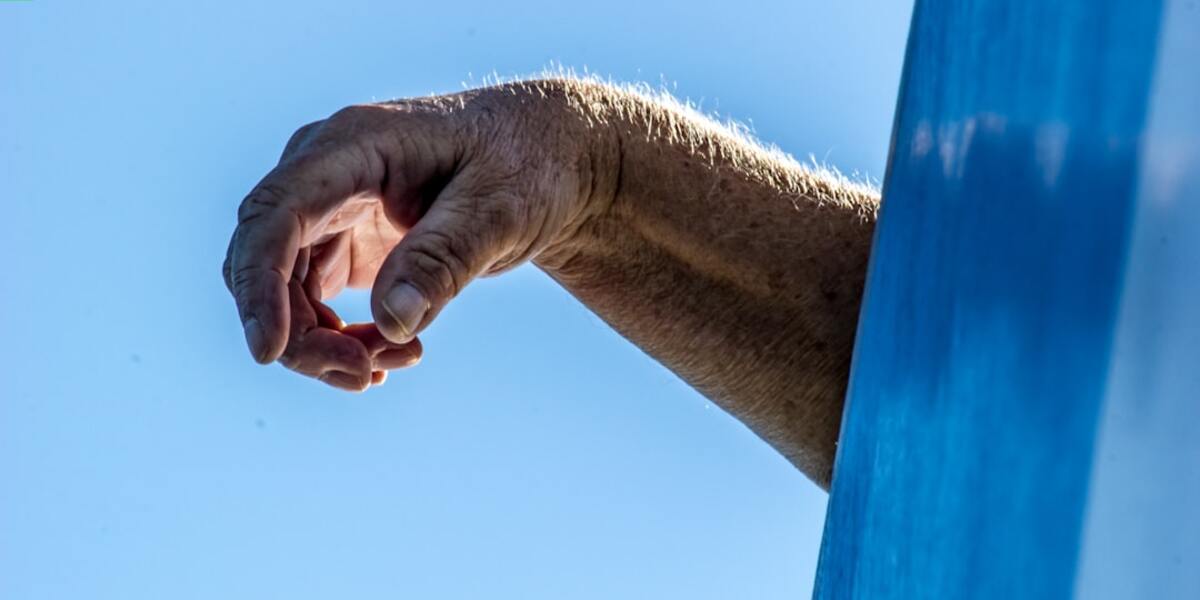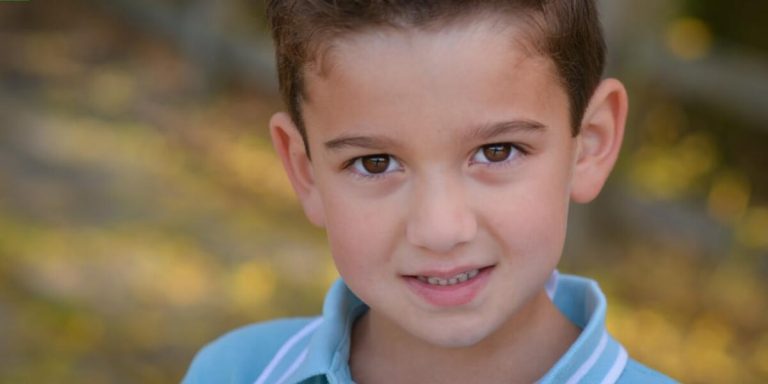How Many Chemo Treatments Before Hair Loss: A Comprehensive Analysis
Patients often ask, “How many chemo treatments before hair loss?” due to chemotherapy’s well-known link to hair loss. While the primary goal is targeting and eliminating cancer cells, knowing when and how side effects like alopecia might happen can offer a sense of control in an unpredictable journey.
Chemotherapy’s fallout isn’t always immediate or guaranteed for everyone. The likelihood of experiencing hair loss after your first session or later depends on several factors, such as the type of drugs in your treatment protocol and your individual physiological responses to them.
We’re delving into these factors not only to provide insight but also to explore preemptive measures against future hair loss as part of effective post-chemotherapy Hair Loss Treatment strategies.
Did you know?
Contrary to popular belief, not all chemotherapy drugs cause hair loss. In fact, the American Cancer Society asserts that certain chemo medicines such as Fluorouracil and Methotrexate might thin out your hair but they rarely lead to complete hair loss.
Understanding Hair Loss During Chemotherapy
Understanding chemotherapy and its potential to cause hair loss helps patients grasp this complex process. The exact number of chemo treatments that could lead to hair loss varies, depending on dosage, type of drug used, and individual response. However, most patients might begin to notice hair thinning or baldness around two to three weeks after their first treatment.
Hair loss treatments can be crucial for chemotherapy patients. Not all drugs cause complete hair loss, but preparing for the possibility can provide strength during physical and emotional lows from medication side effects.
Today’s options designed for chemotherapy-induced alopecia include:
- Cooling caps (scalp hypothermia) to reduce severity
- Natural oils to relieve scalp discomfort
Moving forward into 2023, advancements continue moving us closer towards better solutions for maintaining healthy-looking locks even amidst challenging conditions like cancer therapy.
The Science Behind Chemo-Induced Alopecia
Chemotherapy, a widely used method for treating cancer, has some notorious side effects. Chief among these is hair loss or alopecia – an often disconcerting reality faced by patients undergoing chemotherapy treatments. This manifestation isn’t arbitrary; there’s a scientific explanation tied to the mechanism of the drugs applied.
First off, it’s important to understand that chemotherapy primarily targets rapidly dividing cells in your body. As per its design, this includes malignant tumour cells causing cancer but also affects several healthy cell populations such as those found in our hair follicles.
Hair grows quickly as cells within the follicle base continuously split. Chemotherapy targets these cells because they divide rapidly, much like tumor cells. After several intense treatment cycles, usually every two to four weeks based on patient needs, these previously robust growth units begin to fail. This leads to gradual thinning and eventual baldness known as Chemo-induced Alopecia.
Timing and Patterns of Hair Loss Post-Chemotherapy
The timing and pattern of hair loss after chemotherapy vary greatly from person to person. It’s essential to keep in mind that not everyone will experience it the same way, but understanding what can happen may alleviate some concerns.
One common question often asked is “how many chemo treatments before hair loss?” The answer isn’t cut-and-dried as individual responses differ based on various factors such as type of cancer, stage at diagnosis, dosage of drugs used and overall health status. On average though, patients tend to notice significant hair thinning or bald patches one-two weeks into treatment – typically around second or third session.
Once initiated, process tends to intensify quickly. Over the next few days leading up-to a couple weeks post-first signs you might start seeing noticeable shedding when brushing your hair or even just running fingers through tresses casually.
Within approximately 1-2 months from onset most patients undergoing aggressive treatments like high-dosage alkylating agents end-up with extensive-to-complete alopecia (medical term for ‘hair loss’). However sometimes certain lower intensity/less invasive therapies cause only moderate thinning – thus conditions fluctuate drastically basis specific case variables.
Comparing Hair Retention Strategies for Chemo Patients
Hair loss due to chemotherapy can be a distressing side effect for many patients. As with any health concern, the extent of hair loss varies dramatically from person to person; some may begin losing their hair after just one or two treatments while others retain it longer into their treatment regime.
The recent advancements in medical science have given us an array of innovative solutions aimed at minimizing this daunting experience. Cooling caps and scalp hypothermia are amongst these promising strategies being leveraged by oncologists worldwide, offering significant improvements in hair retention rates among chemo patients.
Comparatively speaking, no single strategy guarantees 100% effectiveness as each patient’s response depends heavily on factors such as the drugs used during chemotherapy and individual genetics; what might work wonders for one could show minimal results for another. However, understanding your options is essential to empower yourself through this challenging journey- maintaining both physical well-being and emotional resilience throughout cancer treatment sessions.
Cold Cap Therapy: Efficacy and Process
Cold cap therapy has been making waves as a promising hair retention strategy for chemo patients. This segment delves into the efficacy of cold cap therapy and sheds light on how it works.
Many wonder, “how many chemo treatments before hair loss?” The answer varies from person to person due to factors like the type and dosage of chemotherapy drugs used. However, most people begin experiencing some form of hair thinning or loss within 1-3 weeks after starting treatment. In such instances, having an effective strategy in place can significantly minimize this unwanted side effect.
Enter Cold Cap Therapy: A method involving scalp cooling during chemotherapy sessions which aims at minimizing drug-induced alopecia (hair loss). It functions on a simple premise – reduced temperature decreases blood flow to your scalp area thereby reducing exposure levels of follicle-damaging chemotherapeutic agents.
The big question is: ‘Does it work?’ Research supports its effectiveness; studies show that about half the women who use cold caps keep at least 50% of their hair after undergoing multiple rounds of certain types yet not all types, chemotherapies.
Now let’s break down the process step by step:
1) Pre-treatment phase: Your healthcare provider will apply gel onto your dry mane followed by fitting specialized chilled hats onto your head.
Pharmaceutical Interventions to Mitigate Hair Loss
Chemotherapy inflicts a lot of changes to the body, one being hair loss. With advancements in science and technology, we now have access to pharmaceutical interventions that can help mitigate this unwanted side effect for cancer patients. These medicines aim at preserving as much natural hair growth as possible throughout chemo treatments.
Popularly recommended by doctors worldwide is Scalp Cooling Therapy or Cold Cap Therapy. This technique lowers scalp temperatures before, during and after chemotherapy sessions which reduces blood flow hence limiting the amount of chemo drugs reaching your scalp reducing chances for extensive hair loss.
Integrating Minoxidil into treatment plans has also proven beneficial against chemotherapy-induced alopecia; it stimulates follicular activity and promotes new growth post-treatment. Remember though, it’s essential you consult with your oncologist before beginning any application because certain chemotherapies may interact negatively with Minoxidil.
In recent years there’s been rising interest in using Biotin supplements due its role stimulating keratin production – an element crucial for strong hairs’ development; but research validation remains scanty on Biotin efficacy combating Hair Loss related to Chemo Treatments.
Pharmaceuticals don’t guarantee complete prevention from losing strands following aggressive sessions like Anthracycline-based ones but they certainly do increase patients’ comforts level while dealing with these taxing therapies besides improving their self-esteem considerably through retained mane across many therapy rounds contrasting popular beliefs surrounding “how many chemo treatments before hair loss”.
Post-Chemotherapy Hair Regrowth Journey
Undergoing chemotherapy is a challenging journey, and one side effect that often worries individuals the most is hair loss. It’s important to note that every person reacts differently to chemo; therefore, timing of hair loss varies from case to case. Generally speaking though, patients may start noticing their locks thinning after 2-3 treatments.
In many cases, patients are not prepared for this sudden change in appearance which can be emotionally taxing. However it’s paramount they understand this should only remain temporary as post-chemotherapy recovery includes regrowth of your mane too! Hair typically begins growing back once the treatment ends or even during latter sessions if treatment frequency slows down.
The journey towards regrowing your tresses after chemotherapy isn’t always straightforward but under proper care and with suitable treatments chances increase significantly for healthier growth. It could involve topical applications such as minoxidil (commonly known by its brand name Rogaine), which doctors frequently recommend due because it pushes follicles into an active growth phase consequently speeding up process of regeneration.
Stages of Regrowth After Completing Treatment
The journey of hair regrowth post-chemotherapy is an emotional and significant one. As the phases progress, it’s essential to understand what you can expect during this time.
The period directly following your final chemotherapy session marks the beginning of your hair regrowth timeline. While each person’s experience varies, typically you may begin seeing a light layer of fuzz after about two weeks. However, don’t be alarmed if this process takes longer – everyone’s body reacts differently to treatments.
Around three months post-therapy, many people notice their locks starting to make a comeback in earnest. This stage often brings rapid growth at approximately half-inch per month average rate for most individuals.
As exciting as these early milestones are in relation to our main keyword “how many chemo treatments before hair loss,” keep in mind that not all follicles recoup simultaneously; some areas might seem fuller than others initially.
Your new head covering might look different from pre-treatment times around six months mark into recovery year—usually becoming curlier or straighter depending on initial texture nature due factors like hormonal changes induced by cancer treatment drugs effecting follicular structure shifts at scalp level which results varied shape outcomes once sprouting new strands ultimately impacting overall aesthetic result..
Natural Remedies and Therapies to Promote Hair Recovery
Natural remedies and therapies are increasingly becoming a popular choice for individuals on their post-chemotherapy hair regrowth journey. Here, we look at some effective strategies that can not only help speed up the process but also replenish your locks with healthy growth.
Firstly, you must understand how chemotherapy affects your hair cycle. Chemotherapy essentially targets rapidly dividing cells – which unfortunately includes our hair follicles as well. It’s common to start noticing significant thinning or complete loss after 1 – 3 chemo treatments.
Let’s now explore nature’s bounty – herbal solutions proven over time to promote fresh growth after chemotherapy-induced hair loss.
1. Aloe Vera: This plant is renowned for its healing properties, especially when it comes to scalp health and hair rejuvenation.
2. Peppermint Oil: Applying this essential oil encourages increased blood flow to your scalp thereby stimulating new growth.
3. Green Tea Extracts: Packed with antioxidants, green tea helps repair damage caused by chemotherapeutic agents while accelerating recovery of the natural growing phase of strands.
Physical therapy provides solace with treatments including scalp massages and laser light therapy.
Scalp massages using essential oils like lavender or rosemary can stimulate circulation thus fostering an ideal environment for speedy regrowth while delivering soothing relief from dryness often seen post-treatment sessions.
Conclusion
Despite the anxiety surrounding “how many chemo treatments before hair loss,” it’s important to remember that every individual’s body reacts differently. The data varies, but understanding your treatment and its potential side effects provides an element of control during a time when things may feel rather uncertain.
Explore more resources on our website to help navigate this challenging journey. We offer a wealth of information about various Hair Loss Treatments which can enlighten you further about mitigating this common yet distressing side effect of chemotherapy. With knowledge comes empowerment – always keep seeking!







